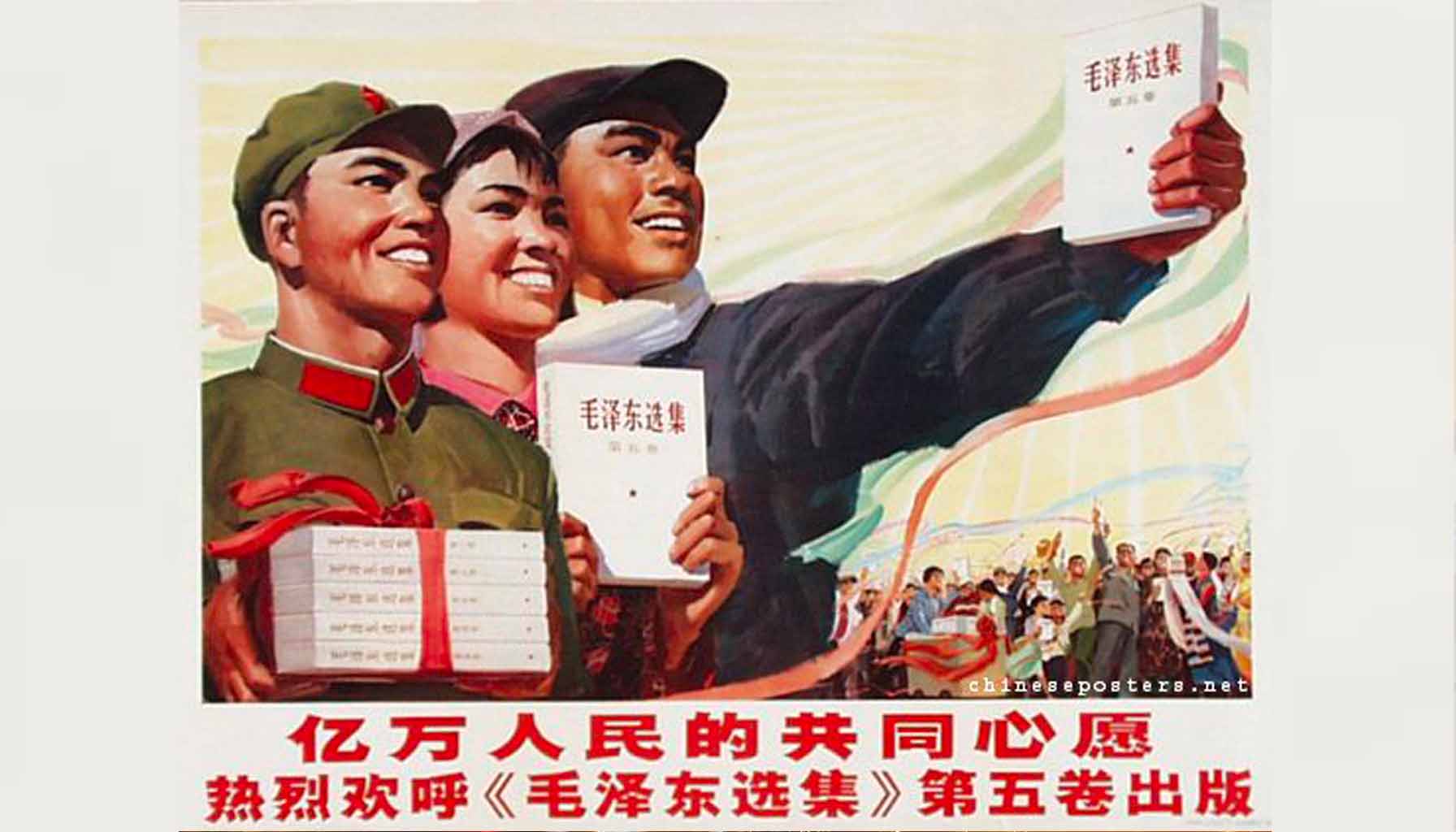The pursuit of rapid progress and national glory can sometimes lead to deeply misguided, even catastrophic choices. China’s Great Leap Forward, launched in 1958, stands as a stark example of how well-intentioned ambitions, fueled by unchecked power and faulty economic theories, can go tragically wrong.
In the 1950s, newly communist China was still largely an agrarian country. Chairman Mao Zedong, eager to rival the West’s industrial might, sought a dramatic acceleration of the country’s development. The Great Leap Forward was this bold and ultimately disastrous gamble.
The primary objectives were twofold. First, China aimed to vastly increase its grain production, ensuring food security and freeing up a workforce for industrial pursuits. Second, through a national push for steel production, the plan intended to rapidly modernize China’s infrastructure and military capabilities.
To achieve these goals, Mao overturned the traditional structure of Chinese society. Peasants were forced into massive agricultural communes, where private landownership was abolished. Simultaneously, a bizarre campaign urged every village and urban neighborhood to produce steel in small, backyard furnaces built from scrap.
Sadly, good intentions don’t guarantee good results. The policies of the Great Leap Forward were based on faulty assumptions and a disregard for basic economic and agricultural principles. Local officials, terrified of missing impossible production quotas, falsified reports, leading to even more unrealistic demands from the central government.
Collectivized farming disrupted traditional practices. Unscientific methods touted by the government worsened crop yields instead of improving them. Coupled with massive diversions of labor from agriculture to steel production, the outcome was a famine of unprecedented scale.
Historians estimate that between 15 and 55 million people perished of starvation and related illnesses between 1958 and 1962. This staggering death toll makes the Great Leap Forward one of the deadliest man-made disasters in history.
The Great Leap Forward did not transform China into a superpower. Instead, it shattered the economy and brought the country to the brink of collapse. Mao’s prestige was damaged, though he remained in power. The policies of the Great Leap Forward were largely, though not fully, abandoned. This disaster served as a harsh lesson about the dangers of over-centralized planning, the suppression of dissenting opinions, and the pursuit of unrealistic goals regardless of the human cost.
The Great Leap Forward is not just a chapter in Chinese history; it’s a cautionary tale for any society. It highlights the perils of placing political ideology above expertise and the vital importance of respecting economic realities and human needs. It also underscores why a system allowing for the open exchange of ideas and the questioning of those in power is crucial for preventing similar tragedies from unfolding again.
